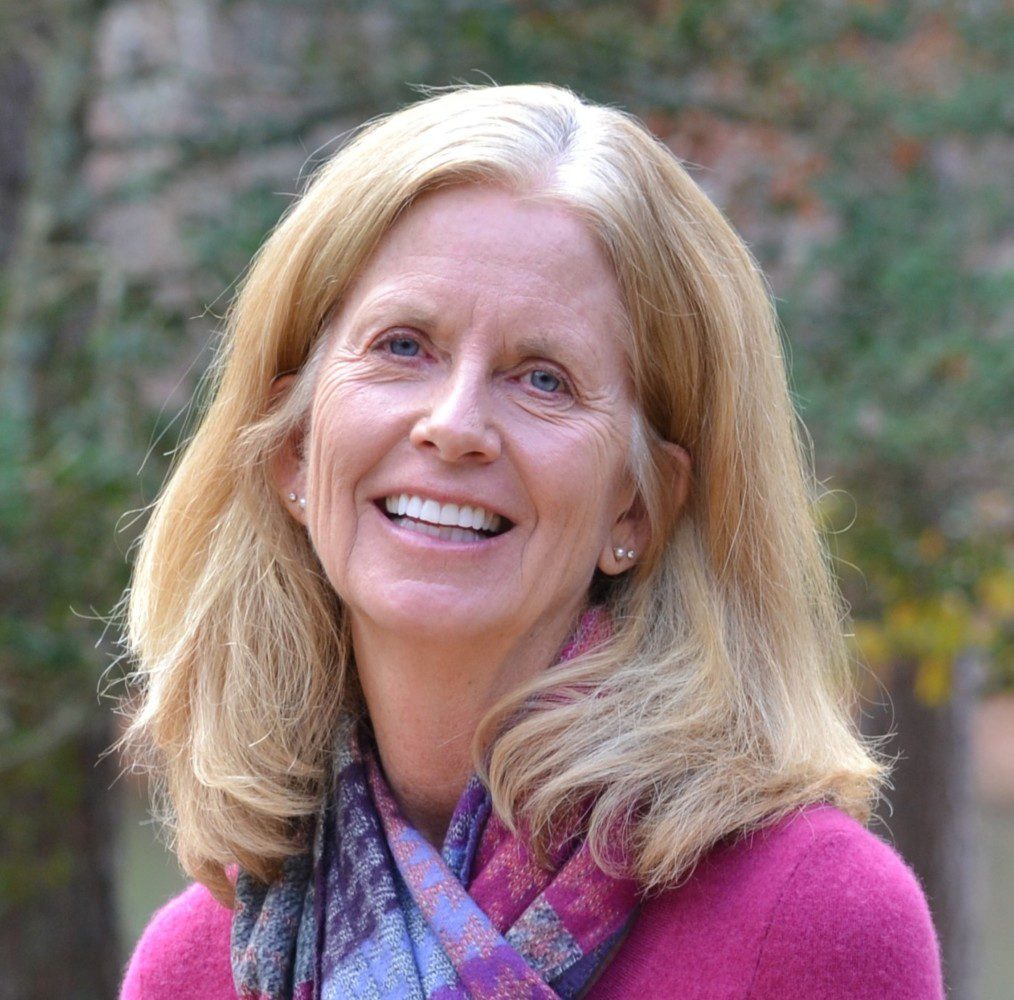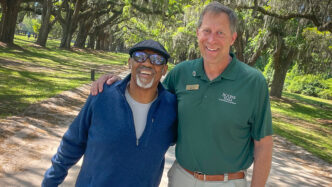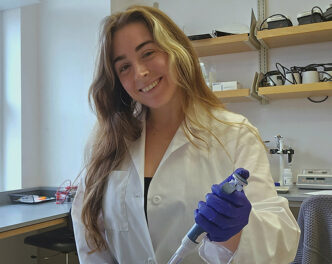A passion for nursing simulation education led Jean Ellen Zavertnik, RN, DNP, CNE, CHSE-A, to help start an alliance dedicated to this educational approach and become the first president of the South Carolina Nursing Education Simulation Alliance.
Zavertnik serves as director of the Clemson University School of Nursing Clinical Learning Research Center. Simulation offers students the chance to practice hands-on skills and put their classroom learning to the test. They get the opportunity to learn and make mistakes without harming a patient, as learning from mistakes is one of the most effective ways to build competencies for transition to practice, Zavertnik said.
She developed the idea for the alliance along with two colleagues from other institutions in order to bring all the state simulation educators together and also advise the state nursing board’s education subcommittee on clinical education guidelines. The alliance started a little over two years ago and has grown to more than 100 educators. Because of this growth, the group decided it was time to elect a leader.
As president, Zavertnik will serve for one year. She’s just getting started in her term, but her goal is to help the alliance meet its mission and to create measurable outcomes for education simulation throughout the state.
“I’m honored to have been chosen as this alliance’s first president,” Zavertnik said. “This alliance was something the state’s simulation educators needed, and I’m glad to be a part of this work that is helping fill the need.”
The mission of the alliance is to promote and share the use of evidence-based best practices in simulation that will expand the science of simulation in nursing education with measurable outcomes. During her term, Zavertnik will help the alliance set a framework to continue to meet its goals, which include:
- Identify, share and aid in implementing simulation best-practices.
- Develop networking events, symposiums and conferences for continuing education.
- Provide support, networking and advice to all levels of simulation nurse educators and faculty.
- Allow for scenario and resource development and sharing.
- Collaborate with faculty and students to adopt advanced technology that enables access to resources and experiences not otherwise available.
- Create collaborative projects and multi-site research opportunities that include student involvement.
Zavertnik became passionate about simulation education 15 years ago, when she taught her first class.

“I saw the ‘light bulbs’ going off in the minds of the students,” Zavertnik said. “They were finally able to put it all together – classroom knowledge and skills – to take care of a patient and make clinical decisions. They could see the results of their decisions in the way the simulator responded – for better or for worse – depending on if they made a wise decision or not.”
Zavertnik’s passion for simulation education has helped shape her career as an educator. For the last eight years, she has taught simulation at the Clemson School of Nursing. She also recently received her Certified Healthcare Simulation Educator-Advanced certification and is the only instructor with this certification in South Carolina, according to the Society for Simulation in Healthcare.
She is a 2010 alumni of the National League of Nursing (NLN) Leadership Development Program for Simulation Education, an editor for the National League of Nursing Center for Innovation in Simulation and Technology Blog, and a contributor for NLN Simulation Innovation Resource Center website. She has also presented on simulation pedagogy both nationally and internationally.
In Spring 2018, she and School of Nursing Director Kathleen Valentine went to the Czech Republic to work with simulation educators at the University of South Bohemia to develop simulation and other academic collaborations. They have since hosted some of the University’s faculty and students at Clemson to strengthen the collaborations and education exchanges.
Valentine said that Zavertnik’s experience and simulation pedagogy research has greatly influenced the School of Nursing and has given the students the best possible simulation education.
“Because of Dr. Zavertnik’s experience and research, she’s able to prepare our simulation educators and encourage them to acquire simulation certifications,” said Valentine, who is also the Clemson University Chief Academic Nursing Officer. “We are fortunate to have Dr. Zavertnik on our faculty, and because of her passion for simulation education, the alliance will benefit through her leadership as its first president.”
The Clemson University School of Nursing is part of the University’s College of Behavioral, Social and Health Sciences (CBSHS). Established in July 2016, CBSHS is a 21st-century, land-grant college that combines work in seven disciplines – communication; nursing; parks, recreation and tourism management; political science; psychology; public health sciences; sociology, anthropology and criminal justice – to further its mission of “building people and communities” in South Carolina and beyond.








